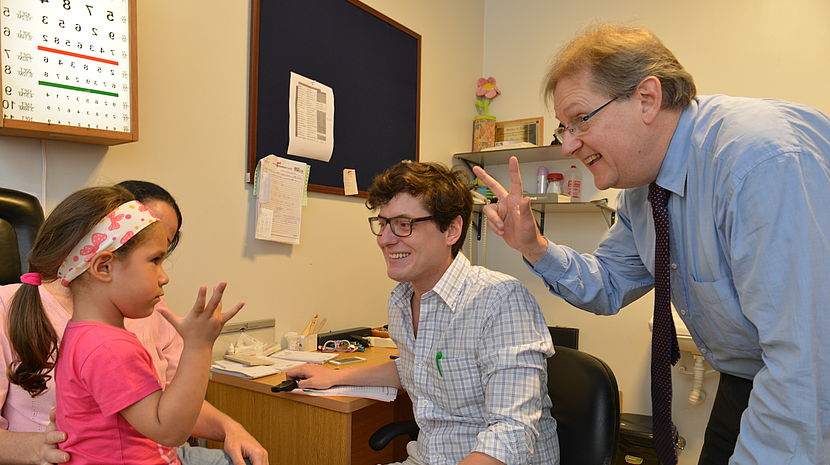17.03.2015 Walking the talk on accessibility

It has been already three days since the world conference on DRR has started. It is such a chance to be part of this event together with my CBM colleagues. I am really glad that key messages on disability inclusion have been very well heard and received. The work that has been done on advocacy around disability inclusion is fantastic and I feel very privileged to be here with CBM and see the significant steps are currently being taken by governments towards greater inclusion of persons with disabilities into disaster risk management.
I have to say: CBM’s team and the Disability caucus group are doing an amazing job in promoting inclusion of persons with disabilities and universal design principles. Since my field of expertise focuses on accessibility to digital and built environments, I did my best to support them by raising the importance of universal design in different working sessions and public events. I had the opportunity to meet with important international agencies working on urban resilience and private companies such as Google involved in the field of information technology.
Today, CBM and the Global Alliance on Accessible Technologies and Environments (GAATES) are presenting best practices on universal design and inclusive disaster risk reduction. Accessibility is an important contribution to safety in the event of disasters and emergencies, such as a fire in a confined area. Not only do barrier-free environments promote access to public buildings and information, but it also lowers everyone’s risk in the event of a disaster (for example, making early warning systems accessible to persons with hearing impairments, creating wide escape routes, covering open manholes, and removing tripping hazards on roads and footpaths; posting written and pictorial routes to assembly points).
CBM did not only introduce key messages on disability inclusion and universal design but also shared key publications to support implementation. For instance, the recent publication made by IFRC in partnership with Handicap International and CBM and entitled ‘All under one Roof’ provides important guidelines for disability-inclusive shelter and settlements in emergencies.
Another recent CBM publication provides 16 minimum requirements for building accessible shelters. These tools are important and indispensable to help other organisations to include disability and accessibility in their disaster response programs.
In two days it will be time to leave Sendai. This conference will remain an important milestone and represent a significant step towards inclusion of persons with disabilities in disaster risk reduction process. What has been achieved in Sendai will serve our work for the next coming years. Now we all look forward translating the post-2015 framework into practice! Let’s walk the talk!
Watch this short video where I speak about universal design and accessibility.